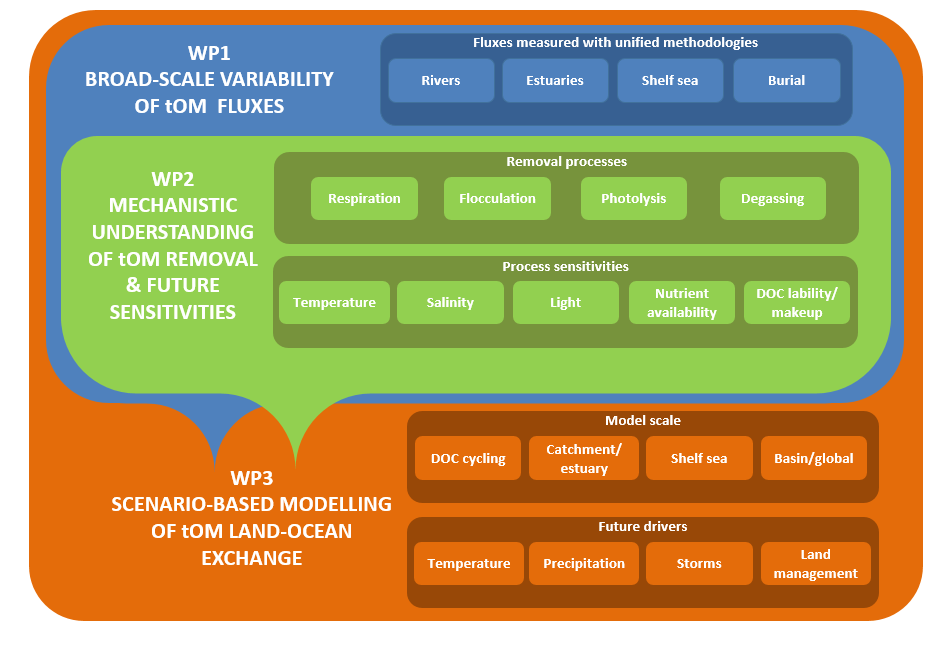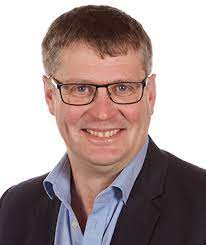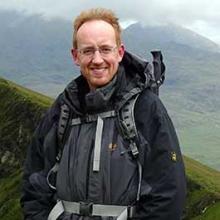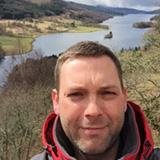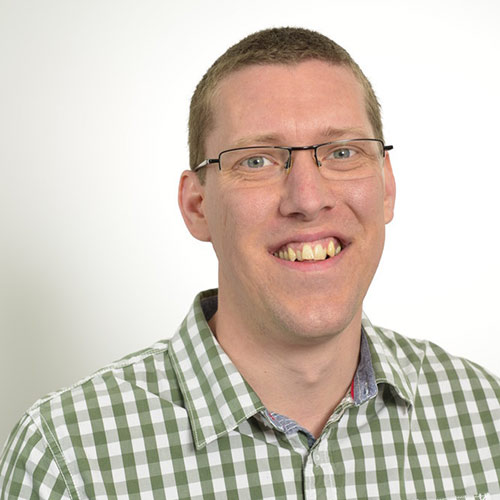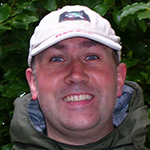LOCATE is a multi-disciplinary project that has undertaken the first ever coordinated sampling of the major rivers in Great Britain. This has helped scientists answer questions about the long-term fate of organic carbon held in soil over the next fifty to one hundred years by establishing how much carbon from soils is getting into rivers and estuaries and determining what is happening to it.
The LOCATE vision is that in ten years the key processes relevant to decomposition of terrigenous (material eroded from land) carbon are well represented in models, particularly for carbon stored in peatlands.
The Work Packages | Meet the Team | Funding

Work Packages
LOCATE consisted of four interconnected work packages:
Work Package 1
Quantified the fluxes down rivers and across estuaries through a 1.5 year sampling programme in 2017-2018, sampling 40 rivers monthly (January 2017 – December 2017) and 14 estuaries quarterly (April 2017 – April 2018), selecting rivers and estuaries that represented the diverse land use and hydrological conditions (temperature, rainfall) present in Great Britain, these totaling a third of rivers that drain the UK.
Work Package 2
Examined the processes that remove organic matter across the estuarine gradient and quantified their relative importance in 3 focal catchments (Conwy, Halladale, Tay) by conducting a detailed experimental field assessment during 2018 - 2019.
Work Package 3
Combined the data and knowledge from work packages 1 & 2 to deliver new modelling capabilities that act as predictive models to make future projections of the fate of the UK organic carbon stocks.
Work Package 4
Aimed to innovate new technology, with the development of autonomous, multiparameter (temperature, conductivity, turbidity, dissolved oxygen, pH, fluorescent dissolved organic matter, CO2 and chlorophyll) “sensor pods” which allowed LOCATE researchers to measure in real-time fluxes of organic matter. In addition, a new innovative equipment was designed, the “iBOD” system, that allows to measure these three processes at the same time in water samples:
- Photosynthesis (biological production of organic carbon from inorganic carbon)
- Photolysis (chemical process in which the sunlight is able to break molecules to smaller components)
- Respiration (degradation of organic carbon to inorganic carbon via biological activity; inverse process to photosynthesis)
Meet the Team
LOCATE is a partnership of:
| National Oceanography Centre (NOC) | 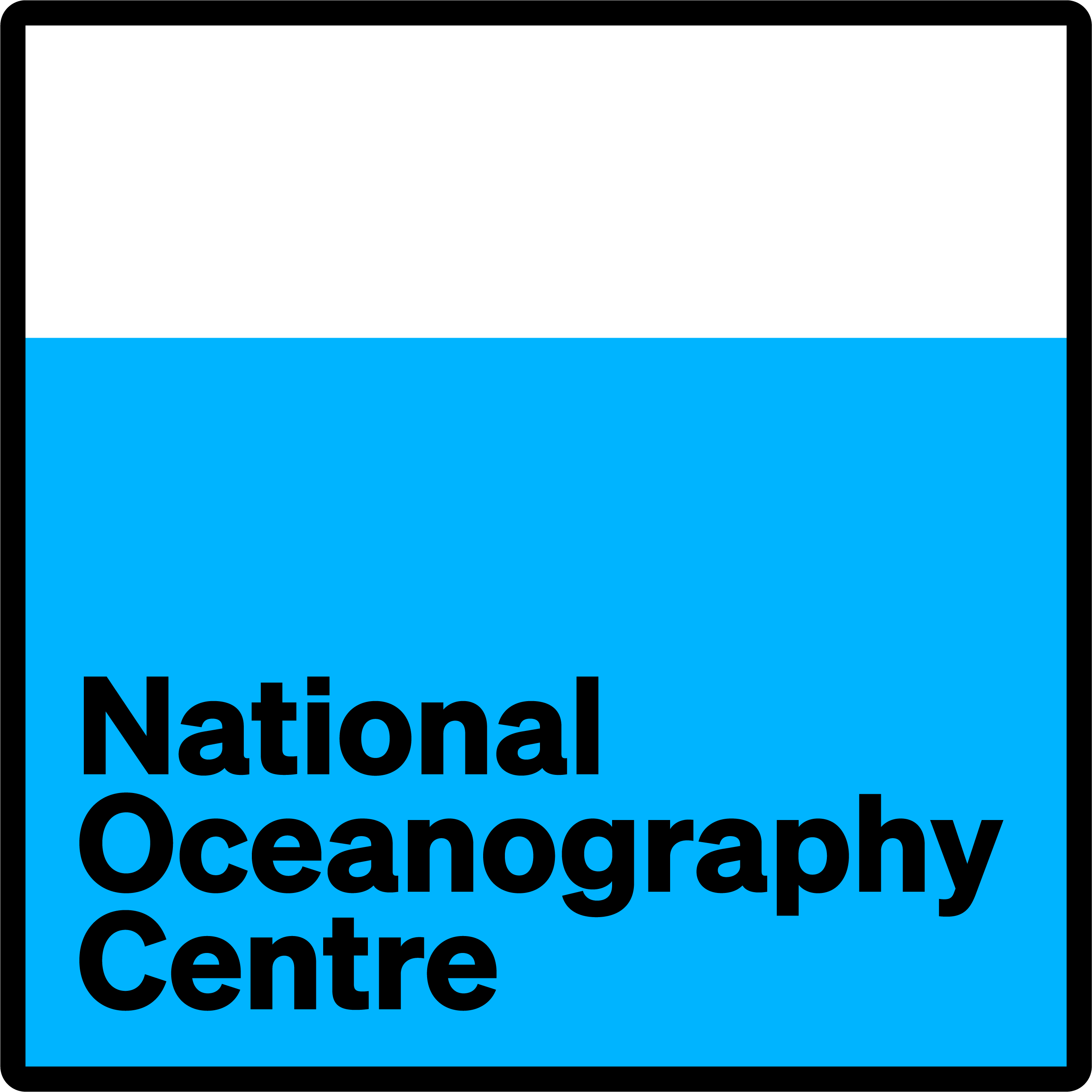 |
| British Geological Survey (BGS) |  |
| UK Centre for Ecology & Hydrology (UKCEH) |  |
| Plymouth Marine Labs (PML) |  |
The core team
The core team provided oversight, direction, and work package management. The core team consisted of a science lead, the leaders of each work package as well as one representative from each institution.
![Dan Mayor image]()
Dan Mayor
NOC
Science lead & WP2 leader![Jason Holt image]()
Jason Holt
NOC
Co-Investigator & WP3 leader![Richard Sanders image]()
Richard Sanders
NOC
Co-investigator![Chris Evans image]()
Chris Evans
UKCEH
Co-Investigator & WP1 leader![Bryan Spears image]()
Bryan Spears
UKCEH
Co-Investigator & WP2 leader![Dan Lapworth image]()
Dan Lapworth
BGS
Co-Investigator & BGS representative![Dan Lapworth image]()
Andy Rees
PML
Co-Investigator & PML representative![Jen Thomas image]()
Jen Thomas
Programme Manager
The wider team
There are many other people who have made LOCATE happen.
National Oceanography Centre
Dr Daniel Mayor
Dr Richard Sanders
Dr Laurent Amoudry
Professor Thomas Anderson
Professor Adrian Martin
Dr Martin Arundell
Dr Claire Evans
Dr Jason Holt
Dr Christopher Pearce
Professor Alejandro Souza
Dr Sinhue Torres-Valdes
Dr Socratis Loucaides
Dr Chris Balfour
Mr Chris L. Cardwell
Dr James D. Harle
Mr Greg J. Slavik
Dr Sarah L. Wakelin
Dr Anna Lichtschlag
Dr Julie Robidart
Professor Jason Holt
Dr Sarah Wakelin
Dr E Elena Garcia-Martín
Dr Stacey L. Felgate
Dr Susan Evans
Dr Ian D. Lichtman
British Geological Survey
Dr Daniel Lapworth
Dr Andrew Tye
Dr Barry Rawlins
Dr Christopher Vane
Dr Daren Gooddy
Dr Rachael Beale
Dr Benjamin P. Marchant
Dr Louise Maurice
Dr Michael Bowes
Dr Ian Mounteney
Mr Peter Williams
Dr Nicole A. L. Archer
Mr Gareth Farr
Dr Lei Wang
Plymouth Marine Labs
Dr Andrew Rees
Professor Philip Nightingale
Dr Vassilis Kitidis
Mr Jeremy Blackford
Dr Ricardo Torres
Dr Luca Polimene
Dr Yuri Artioli
Dr Malcolm S. Woodward
Mr Ian Brown
Mr John Stephens
Mrs Lisa J. Al-Moosawi
Mr Ian J. Brown
Dr James Fishwick
Mr Oban Jones
Mrs Rebecca May
UK Centre for Ecology & Hydrology
Professor Christopher Evans
Dr Bryan Spears
Dr Jennifer L. Williamson
Dr Amy Pickard
Mr Donald Monteith
Dr Victoria Bell
Dr Kerry Dinsmore
Dr Edwin Rowe
Dr Douglas Clark
Professor Nancy Dise
Dr Alan Radbourne
Miss Annette Burden
Dr Nathan Callaghan
Dr Justyna P. Olszewska
Dr M. Glória Pereira
And many other volunteers who helped during the collection of samples.
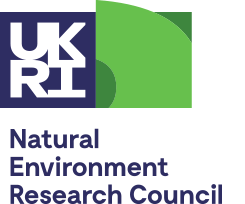
Funding
LOCATE was funded through a £4.1m NERC research grant (NE/N018087/1) and extended via a NERC National Capability Science R1 extension grant (NE/V013300/1)
Find out more
